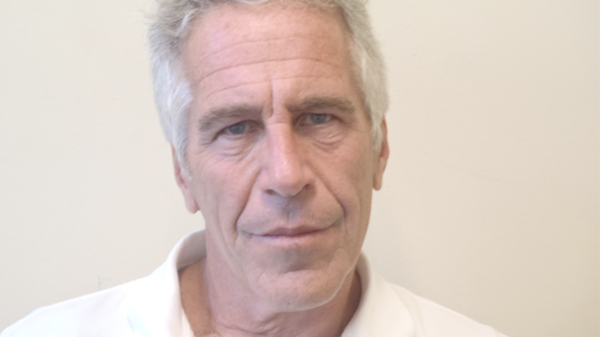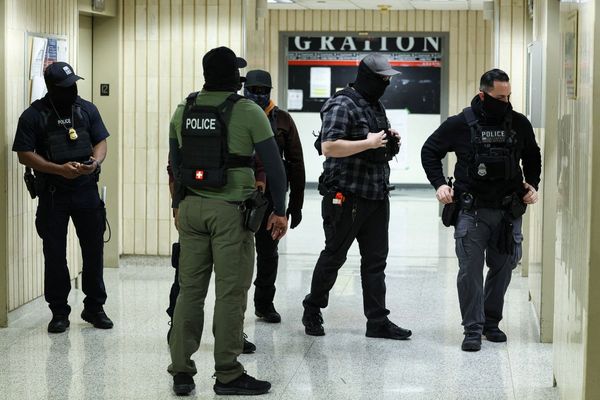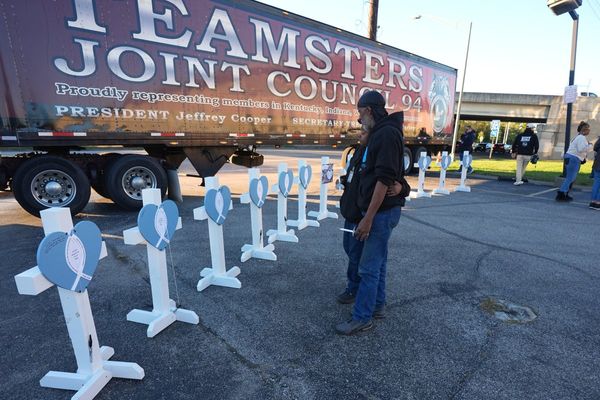
It was at the darkest time of the otherwise glittering existence of the Storm that the club’s standing in the Melbourne sporting landscape became truly clear.
The Storm had just been hit with the heaviest sanctions ever handed to a major Australian sporting franchise following an investigation that deemed they had committed major salary cap fraud. The club was stripped of two premierships, three minor premierships, a World Club Challenge title and not allowed to play for competition points in 2010.
The club was just 13 years old. It had tasted extraordinary success for a club so young, winning a premiership in its second year and had started a golden age with Craig Bellamy at the helm and Cameron Smith, Billy Slater and Cooper Cronk beginning to emerge as the elite players of their generation.
Yet Melbourne as a city had paid them little heed. The self-proclaimed “sporting capital of the world” had entrenched views as to the sports that mattered and the sports that did not. An Australian rules city, it had historically looked down at the rugby codes, and in particular rugby league, as “egg-chasing”.
The general lack of respect afforded the game paled into insignificance, though, when confronted with an apparent lack of fairness and justice from those in Sydney. While Melburnians certainly did not condone the actions of then Storm CEO Brian Waldron during the salary cap scandal, they rallied to defend their team and their city against the maltreatment and malfeasance coming from Sydney.
On a warm Sunday evening in April, just under 24,000 Melburnians showed up to stand shoulder to shoulder with the team. Some were rugby league fans. Some were outraged locals. It was the second-largest home crowd the Storm had pulled, for a game that was, in essence, for nothing – but one which meant everything. It was the moment the Storm truly became embraced by Melburnians.
Melbourne is, of course, an AFL town first and last and nearly everywhere in between. There are 10 AFL teams based in Melbourne (and Geelong). In the words of veteran football writer Ashley Browne, “the Storm are Melbourne’s 11th team”.
At times that position was held by the A-League’s Melbourne Victory, but since that infamous year, the Storm are entrenched as the most supported, most beloved and most admired non-AFL team of the city. That is no small feat. Football has a long history in Melbourne. Basketball has long been popular too with the Tigers-cum-United typically strong. The BBL cricket franchises have come in with a bang. The Rebels, given union’s history in the private schools of Melbourne, should have more of a presence. None, though, have won the affections the Storm have.

Success, no doubt, has played a significant role. The Storm, simply, don’t have bad years. In their 26 years of existence, they have won six grand finals and missed playing finals football just twice if 2010 is taken out of the mix. They have played in a preliminary final in 15 of the last 18 seasons. Their sustained period of success is topped only by the great St George team of the 1950s and 60s and ranks among the greatest dynasties in the history of Australian sport.
The personalities that helped build and sustain that dynasty have been just as critical. The Storm, through good management and good luck, found not only star athletes but stars who had personalities that endeared them to Melbourne. Craig Bellamy is today regarded as one of the great coaches – of any code – but even though he can be gruff and surly, he has been admired for his loyalty and talent. Billy Slater was arguably the most electric player of the NRL era, a player today talked about as a potential Immortal, yet was such a community man he would leave four tickets to every home game at his local coffee shop in Richmond for the owners to do with as they pleased. Cameron Smith has been painted as the pantomime villain of the NRL yet was a regular at his kid’s Auskick sessions, even acting as the goal umpire during half-time of AFL games at the MCG.
Any media outlet in Melbourne will tell you that the Storm have been the easiest of clubs to deal with, always happy to make players available at any time. The Storm have regularly had a presence not only in the Herald Sun but on SEN and long-ago on 3AW with Gerard Whateley, happy to answer even the simple of questions about a game that was at one time foreign to most locals.
The links with Australian rules football – and the way the club and its figures have leaned into it – have certainly done no harm. From its inception, the Storm have tapped into the more advanced AFL world of sports science and sports administration. Melbourne quickly became the best kicking team in the premiership by bringing in former AFL players and coaches while they were the first club to attack bombs with hands above the head, AFL-style. Craig Bellamy and Alastair Clarkson became friends who shared secrets as the Storm and the Hawks dominated their respective codes.
Ryan Papenhuyzen and Cameron Munster are now as recognised on Melbourne streets as AFL players are – a remarkable achievement for a club that was diagnosed with a very bleak future early in its existence. Papenhuyzen, in particular, has become iconic in Melbourne with his flowing mullet, cheeky smile, unquenchable enthusiasm and breakneck speed. It was news that swept the city when he suffered an awful fracture in the first final, such is his standing.
Not that long ago Melburnians would have struggled to name a league player. Now they mourn for an injured one. The impostor has not only been welcomed but embraced.
• This story was amended on 20 September 2023 to correct a reference to Melbourne and Geelong being home to 11 AFL teams. The region has 10 AFL teams.







